Urban parks and green infrastructure are often touted for their benefits in providing for urban biodiversity. There have been several posts about this subject in this blog—by Tim Beatley, Thomas Elmqvist, Russell Galt, Bill Sherwonit, Bob Sallinger, and others—and it’s clear that a core of scientists, designers, planners, and community leaders are doing great work to support the presence of all kinds of non-human life in our urban spaces.
There are a lot of reasons that we should support urban biodiversity. On the utilitarian side, these organisms provide ecosystem services like photosynthesis, decomposition, control of pests, and the processing of air and water pollution. They also provide recreational, aesthetic, and spiritual value—many urban dwellers appreciate living with this menagerie of other creatures for their beauty and companionship. There’s also something to be said for the intrinsic rights of these living beings to exist in these places—especially considering they may long predate the arrival of humans and the construction of the cities.
In my work with various partners in New York City studying and managing forests, wetlands, grasslands, and green infrastructure, I work with people that largely take the value of this biodiversity as a given. Many of the projects we undertake include goals to foster biodiversity, though not always with a formal discussion of why. In the classes I teach, the students, most of whom are in environmental programs, generally don’t need to be convinced that the recovery of wild species in urban systems is a good thing. I suspect many of the readers of this blog also have a gut reaction that urban biodiversity is good.
But when I step outside my usual professional circles, I realize the much broader set of ideas, values, and opinions concerning our non-human neighbors.
Who would want to make a corridor for bees?
I have been working with several graduate students on projects studying which kinds of insects visit green roofs throughout New York City, and how different kinds of plant communities affect that visitation. One interesting idea is to study how these rooftop patches of vegetation might facilitate the movement of insects though the urban landscape. It is possible that green roofs may offer “stepping stones” of habitat that attract insects and functionally connect larger green spaces like parks. These roofs might thereby facilitate the movement of insects throughout a city and perhaps lead to higher site-level diversity, more stable populations, or greater levels of ecosystem services. Ecologists use the term “corridor” to reflect the idea that small patches of suitable habitat can serve to connect larger patches in an otherwise inhospitable landscape.
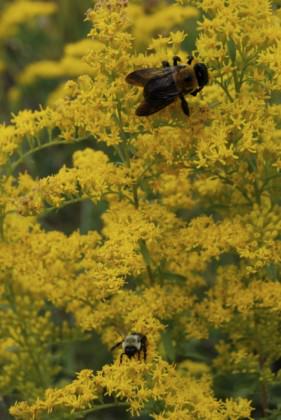
I was recently in a committee meeting for an engineering student who suggested that his planned rooftop plant installations—primarily designed for cooling and stormwater management—would also have benefits as corridors for insects, especially bees. At the end of the presentation one of the other professors, an eminent engineer, seemed pleased with the ideas overall but was bewildered by the idea that attracting bees would be a good thing. When he heard “corridors for bees” he had a mental image of swarms of bees frequently passing by the roof and harassing the people who may be up there to enjoy the space. Once we explained more about what we might expect (there would be no river of bees, and those that did come would be busily attending the flowers), the fears were somewhat allayed.
But it took some convincing about why this would be a good thing.
In just about any terrestrial ecosystem, insects are going to be the largest slice of the biodiversity pie. As a group, they provide an incredible array of ecosystem services including pollinating flowers, consuming organic wastes, controlling pests, and as food for other animals like birds. However, a small number of the insects in a community may pose risks—transmitting disease, stinging or biting, damaging desirable vegetation—and these need to be addressed honestly in any discussion of the costs and benefits of designing or managing for insects. As Timon McPhearson discussed in his post on this blog, we need to measure and discuss both services and disservices if we want to make a fair presentation of how we should manage urban biodiversity.
Another concern is about the emotional response that many people have about insects—fear, disgust, and/or discomfort. There are a few charismatic insect groups that seem to enjoy broad support (butterflies, ladybugs, fireflies), but a lot of folks would sooner kill an insect than welcome it to share their space. We should make that case that managing for insects is in our best interests if we want high-functioning urban ecosystems. After all, as the eminent naturalist and scientist E.O. Wilson has said, they are “the little things who run the world”.
But we have a steep hill to climb to make that case with a lot of the public.
“Nuisance” wildlife
While public attitudes about insects may be generally negative, the situation with mammals and birds is somewhat more nuanced. While some of these animals draw widespread feelings of disgust or discomfort (like skunks or vultures) in ways similar to insects, many mammals and birds have very active groups of supporters. Wildlife viewing and feeding, particularly of birds, is a big business and—perhaps because of their appearances or behaviors—many birds and mammals are widely and highly valued. In urban areas, some of this appreciation may arise from an increased desire to connect with nature in landscapes that are highly developed.
Although this isn’t my area of expertise, I’m interested in what influences people’s attitudes towards nature. I suggested above that the absence of nature in cities may make the heart grow fonder, but of course it could be the opposite: urbanites may have fewer positive associations with nature because they are less familiar and comfortable with wildness. Alternatively, cities may attract people more oriented towards indoor pursuits, and they bring anti-nature biases with them. As I was doing some reading on the subject for this post I came across a paper that surveyed middle-school students in Texas and found that negative feelings towards nature were actually stronger in suburban and rural populations than in urban populations.
This paper, by Robert Bixler and Myron Floyd, also has one of the best titles I’ve seen in a while: “Nature is scary, disgusting, and uncomfortable”.
The widespread decline of wildlife populations through the 19th and 20th centuries led to the modern conservation movement including wildlife protection laws, the establishment of parks and protected areas, and the creation of numerous non-profit conservation organizations. This has led to some remarkable recoveries, as discussed in John Kostyak’s recent post on 40 years of conservation success. However, it’s also important to note that there are many conservation failures too – we are still experiencing a human-driven extinction crisis, and the crisis is most acute in the high-biodiversity parts of the world.
While most of this conservation activity has been focused on rural areas until recently, several of the successes have led to the recovery of wildlife populations which are now having an impact on cities. It’s worth noting, however, that some of the recovery of wildlife populations over the past 50 years can be attributed to landscape changes driven by urbanization and the recovery of secondary forest rather than explicit conservation policy. Regardless of the source, several North American wildlife populations are increasing to levels that some consider overabundant—which can lead to conflict.
Although it wasn’t dealing with cities, Jon Mooallem raises interesting issues about how values influence wildlife conflict in a recent piece in the New York Times Magazine that explores the killing of several endangered Hawaiian monk seals. This got me thinking about how people in cities interact with wildlife. There may be positive, neutral, or negative personal responses to wildlife encounters. Some of these responses will lead to action—be it community organization, engagement in the policy process, or direct interaction with wildlife or wildlife managers. I’ll use two examples of increasingly abundant wildlife in New York City to explore some of these issues
White-tailed Deer
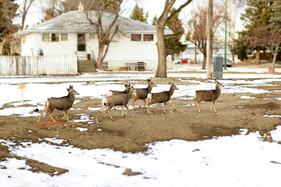
The white-tailed deer (Odocoileus virginianus) is the largest herbivore in the New York City region and a source of significant conflict. Many people value the deer for their beauty, as a symbol of wild nature, or as a game species. However, those who live or work in areas with high deer density must contend with damage to landscape plantings and gardens, a high risk of vehicle collisions, and increased risk of tick-borne diseases like Lyme disease or babesiosis. Besides damage to horticulture and agriculture, high densities of deer can also negatively affect tree recruitment and growth in urban forests. Their consumption of understory vegetation in forests can destroy rare plant populations and impact the wildlife that depend on dense herbs and shrubs.
In woodlands outside the city, where the deer have been abundant for decades, small fenced areas that keep the deer out rapidly grow dense with tree saplings while the understory in deer-exposed areas stays sparse, often dominated by thorny exotic species like barberry (Berberis thunbergii) and wineberry (Rubus phoenicolasius). The deer themselves may not be seen often, but their effects on the landscape are dramatic.
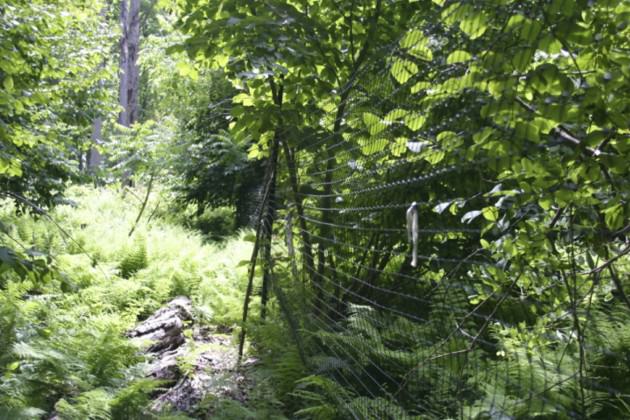
In the suburban counties just outside New York City, deer populations are large enough that several towns are paying to reduce the deer population through contraception or culling programs to reduce risks of deer-car collisions, disease, and damage to vegetation. Many of these towns are densely settled and do not allow hunting for safety reasons, which takes away the least expensive control option. The decisions about how to manage the deer are fraught with disagreement—both about whether the population should be managed at all or, if the decision to reduce the herd has been made, how to balance cost, safety, effectiveness, and the welfare of the animals. The deer have passionate allies who object to their being harmed in any way. They also have vocal critics, often those who have suffered some health problems or property damage from close encounters with the deer.
There are no precise estimates of the deer population within New York City limits, but sightings are increasingly common throughout the city. There are established populations in the boroughs of Staten Island, the Bronx, and Queens, which all have large forested parks and borders with deer-rich suburban counties. Frequent sightings are made in northern Manhattan and, more recently, in Brooklyn, despite the dense development in those boroughs. New York City has invested significant public money in planting trees and other greening efforts. It remains to be seen how growing populations of deer will affect these programs. NYC hasn’t begun formally managing the deer herd, but discussion of various management options has already begun for Staten Island, which supports the largest deer population.
Coyotes
The large carnivores of eastern North America—gray wolves, black bears, mountain lions, and coyotes—were all considered threats to people and their livestock and were hunted, trapped, or poisoned out of existence along the east coast. While the populations of all four of these species are recovering within the United States, the coyote has been expanding into northeastern urban areas more rapidly than the others. The habitat needs of the wolf, bear, and mountain lion will probably prevent them from becoming truly urban in this region—though mountain lions and black bears are frequently found in and around urban area in the western states. Claims of mountain lion sightings in the northeast have been debated for decades and generally interpreted by wildlife agencies as mistaken identifications or escaped pets. Those sightings may carry more weight now that a mountain lion killed in a car collision in Connecticut in 2011 was confirmed to be a wild animal that had migrated from South Dakota.
But the coyotes seem to adapting to city life quite nicely.
The coyote, Canis latrans, is a medium-sized member of the dog family. Though the classic image of a coyote has them howling at the moon, coyotes in the east are quiet and secretive. They are nocturnal and generally avoid close contact with humans, so sightings are usually brief and many observers may mistakenly consider them to be stray domestic dogs. However, their food sources (small mammals, birds, fruit, and occasional garbage) are abundant in urban areas and, without interference from larger predators like wolves and mountain lions, they appear to be doing quite well.
The spread of coyotes into cities has caused increasing conflict with humans. Although attacks on people are very rare, coyotes can kill small pets and represent a threat to other valued types of urban wildlife, like birds. A recent analysis of human-coyote conflicts in the Denver metro area documented over 450 pet attacks, 26 incidents where coyotes exhibited aggressive behavior towards humans, and 13 human attacks over an eight-year period. The Denver area may be unusual in the frequency of these events, but similar kinds of interactions happen throughout the range of the coyote.
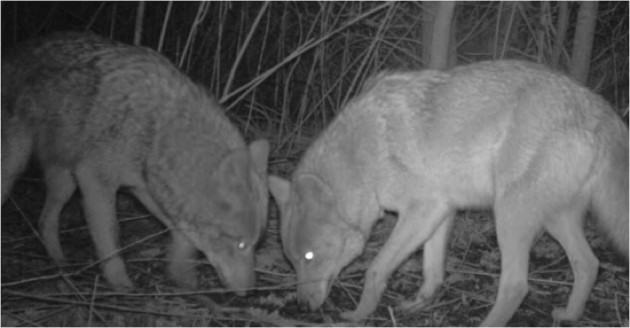
Coyote populations are present and likely growing throughout New York City. An ongoing study of coyotes using camera traps and scat samples has found them in several neighborhoods and has shown that they are successfully reproducing. When coyotes began appearing in Central Park and other Manhattan neighborhoods (including heavily developed Tribeca) between 1999 and 2010, the visits drew significant media attention and captured the imaginations of the urban populace. Several more sightings, including one on the Columbia University campus (passing less than 100 m from my office!) led to feature articles on the growing wildness of New York City. The light tone of many of these pieces, and the delight of many city-dwellers in having a experienced a (brief) connection with a wild predator suggested that this would be more of a point of pride than a point of conflict.
In addition to the pleasure at seeing wild animals, coyotes were appreciated for their presumed benefit in controlling problem wildlife such as rats, deer, and raccoons. However, in 2010, two attacks on children Westchester County (just north of NYC) resulted in changes of attitude such that fewer residents reported being pleased that coyotes lived in their area and more residents were concerned about possible risks. Although direct conflicts with coyotes within New York City haven’t happened (or, at least, haven’t been made public), it is reasonable to expect that enough pet attacks or aggressive encounters with people will start to affect attitudes. After all, large predators in settled landscapes have caused conflicts with humans throughout all of history.
New phases of old relationships
We have complicated relationships with wildlife. Some animals clearly benefit the human experience in a direct way (food from wild fish and game), while for others the benefit is less direct (feeling pride in a national icon like the bald eagle or enjoying birdsong on a spring day). Some animals pose clear risks (stinging insects) while in others the risks are less obvious (rodents spreading disease or herbivorous insects slowly weakening our shade trees).
The ability to distinguish nuances in these relationships is almost certainly connected to the intimacy of our relationships with the land. Farmers, fisherman, hunters, foragers, and others who spend much of their time outdoors have strong opinions about wildlife based on deep personal experience. City dwellers with limited exposure to wild nature don’t know what to expect from urban wildlife, so they are more open to cultural narratives and information from others in shaping their reactions. The urban existence is, relatively speaking, new for both humans and our urban wildlife.
This presents a real opportunity to those of us trying to foster nature in cities. As animals come back into our cities, either through natural recovery, carefully designed landscapes, or even purposeful introduction, we need to effectively tell their stories. This means that, in addition to storytelling of the type so beautifully described by Bob Sallinger in a post from last year, we need careful observation and study to know how the elements of urban systems interact. We tell stories with characters, but we also tell stories with images and with data.
Lucky for us, our cities are full of fascinating stories. We just need to work hard to understand them ourselves, and to find ways to share them with others.
Matt Palmer
New York City

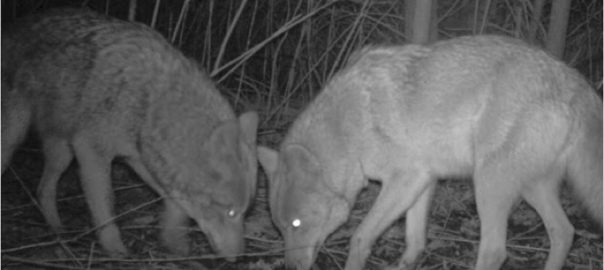






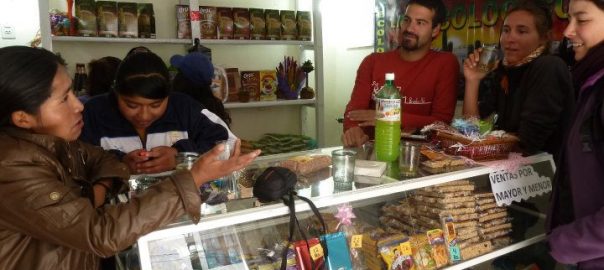
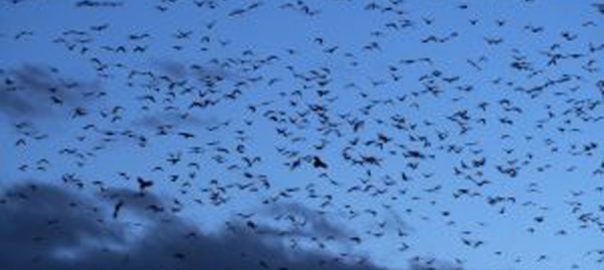
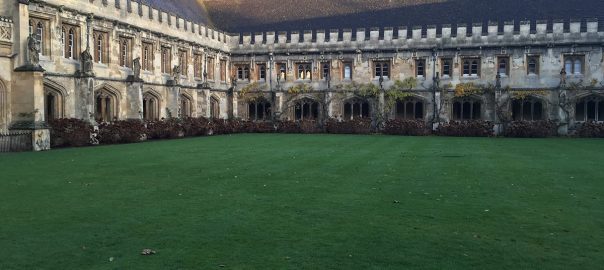
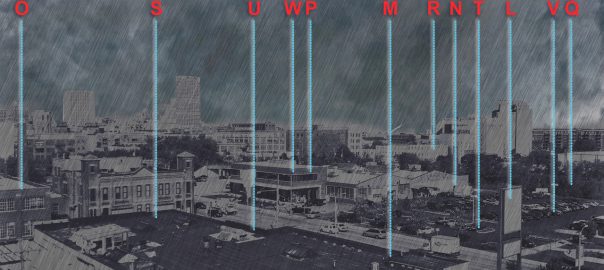
Matt, thanks for this posting on the varied and complicated relationships that we humans have with wildlife in our urban centers. I will have more observations and perspectives to share later this summer, when I write about human-wildlife conflicts in my adopted hometown, Anchorage.